4 Highly Successful Software Products and What Product Managers Can Learn From Them

Every product manager wants to build one of those once-in-a-lifetime products. The kind that defines a generation and changes the way people do the things they know and love.
But what can we learn from the products that truly changed the world we live in? Are there hidden secrets or learnings that we can tap into to build into our own process?
Is there something about how those products were built that all product managers can learn from?
In this article, we'll go through 4 of the most successful software products ever built and analyze what you can learn from them to be an even better product manager.
Without further ado, let's begin.
Google Maps
Google Maps launched in 2005, and since then, it has totally transformed the way we experience the world around us.
Now, on the face of it, you might be thinking:
Really? Google Maps? This is on your list of the most successful products ever? How hard can it be to build a digital map?

But, surely, the 154 million Americans don't just go on the platform every month to get from A-B. This product must be offering more value than simple navigation.
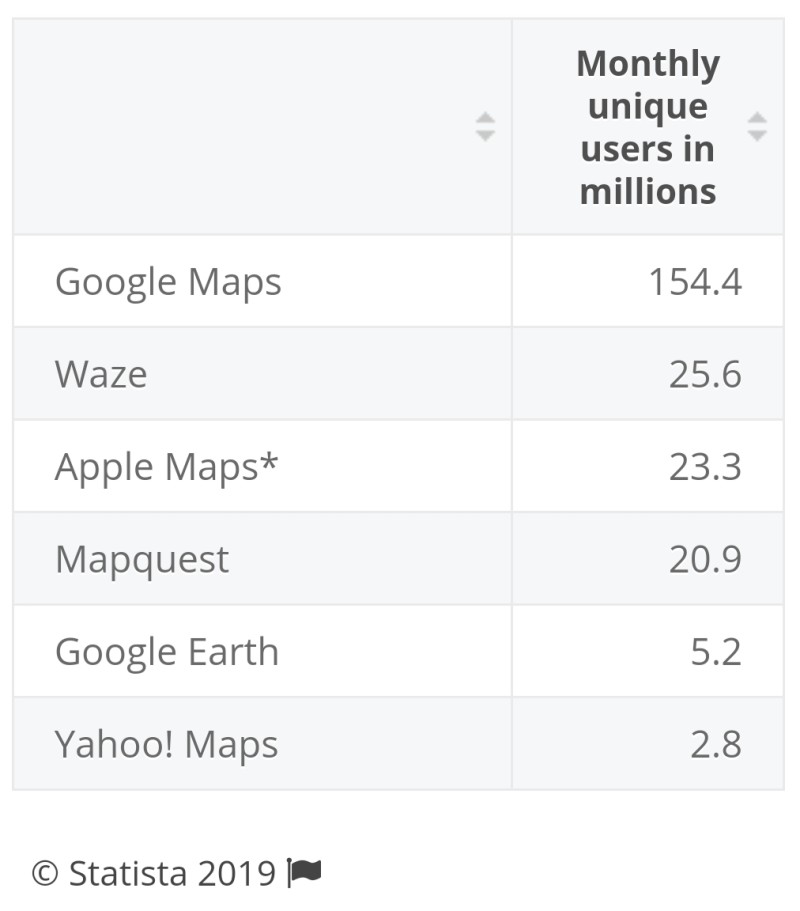
Why it's good
Google Maps is designed not just to get you from A to B but to make life easy.
Yes, it's a navigational app, and Google does this basic function better than its competitors.
But scratch the surface, and this tool is so much more than that.
It helps people find local businesses, learn from other people's experiences, and make more informed decisions from them.
In short, Google Maps is a successful product because it extends so far beyond what it was originally designed to do.
Where other tools were designing around navigation, Google thought about joining up the entire experience of a journey with community-driven touchpoints.
That's why now, when you navigate around your surroundings with Google Maps, you don't just see how to get somewhere. You also see reviews, recommendations and can even create lists and contribute your knowledge back to the community.
In essence, Google Maps is designed around a self-sustaining ecosystem, in which the more users put into it, the more they get out.
By creating a truly user-centric product, Google stopped thinking about maps as a means of getting around and started thinking about how spaces can create meaningful experiences for people. It's transcended its original function to become the default way that we find information about our surroundings to make better choices for our lives.
This is what sets it apart from every other navigational tool on the market.
And they didn't stop there.
Not content on producing the best maps product ever, Google turned its hand to producing the seemingly impossible: Street View.
Can you even imagine the product manager(s) who tried to explain their vision of photographically mapping every single street on the planet? People would have thought they were insane. It was 'the impossible.' It couldn't be done.
Except, apparently, it could.
Now Google Street View enriches the way we experience spaces around us on a deeper level than ever before. We can walk streets on the other side of the planet at the click of a button. Thanks to this crazy ambitious feature, the world has never been so small.
What product managers can learn from Google Maps
Build a great product
You've probably heard this a million times, but its importance can't be overstated. Compared to other maps, this just happens to be the best product on the market - hands down.
There's no use building tons of extraneous (and ambitious) features if you aren't already offering your core service better than anyone else. So start there, always.
Find ways to create truly joined-up experiences
As product managers - especially on large products - it's easy to fall victim to siloed thinking. You can get sucked into fixating on your single feature and forget about how it connects to the overall experience that a product has the potential to provide.
With Google Maps, they found ways to connect the dots between dozens of features such as reviews, business listings, lists, check-ins, etc.
The result?
They've created a product in which many features work together to create something exceptional. This is a tactic that every product, and every product manager, should strive to achieve.
Don't be scared to do seemingly impossible things
Truly ground-breaking products are ones that fundamentally rethink the way we do things. They take the rule book, rip it up, and rewrite it in a new way.
Street View is a perfect example of this. It would have taken a truly creative and visionary set of minds to pitch this idea - and an even more visionary team to trust that idea, even though it might have seemed crazy.
What's even crazier is that Street Views probably hasn't made any money from Street View. It's purely a strategic (and extremely long-term) investment to dominate the market with a tool people didn't even know they wanted but now couldn't live without.
So don't be afraid to take your product in directions that might go against the grain. You could just end up changing the world.
Sketch
The design tool Sketch burst onto the scene in 2010, providing a radically new way to 'do' digital design.
Until that point, designers had been hacking together clunky solutions with other products that simply weren't designed for the digital era.
The team who created Sketch saw this and decided to build a new tool that was fit for purpose. They took the best of what designers were currently using (mostly Photoshop), stripped it right back to the bare essentials, and then built it from the ground up.
The result?
A pioneering new digital design tool that has transformed the workflow of design teams across the globe.
Currently boasting over 1 million paying customers, Sketch is only going from strength to strength, which is no mean feat when you're competing against a Goliath-like Adobe.
Why it's good
Sketch has, quite simply, provided a simple alternative for designers that have totally shaken up the industry. It wasn't afraid to take on a giant like Adobe to craft an equally powerful design tool - but to make it cheaper, more efficient, and… well, better.
It did this by fundamentally understanding its users' pain points and building an alternative solution with only the essential features designers need. No fancy gimmicks. No complicated functionality. Even a total novice can open up Sketch and create something beautiful without any effort.
Its success lies in that simplicity.
What product managers can learn from Sketch
Make your products simple
As Leonardo da Vinci once said, "simplicity is the ultimate sophistication." And nowhere is this more true than in product design. Many products have many redundant features that provide little added benefits to users and only make these products complex. Remove them.
To do this, don't be afraid to be ruthless in your prioritization. Invest in a product management tool to create clear and effective roadmaps that will not only align your team but also establish consensus about what to build (or, even more importantly, what not to build).
Design around your actual users' pain points
Sketch's power comes from the product team's deep understanding of its users' pain points. They truly understood the challenges of using a non-digital design tool (like Photoshop) for web design and designed responses to those challenges. As a product manager, getting deep into the mindset of your end-user is crucial to make sure you're making product decisions that are in their best interest.
Open-source plugins can drive innovation
Every designer has a different workflow, and no single design tool can cater to all of these needs. The Sketch product team recognized this and responded by allowing open-source plugins. This drives innovation and makes the tool truly have exponential potential to integrate into almost any team and tool setup.
Spotify
With over 217 million monthly active users and 100 million of them being paid subscribers, Spotify has been able to survive and thrive in an industry where music labels have traditionally held all power.
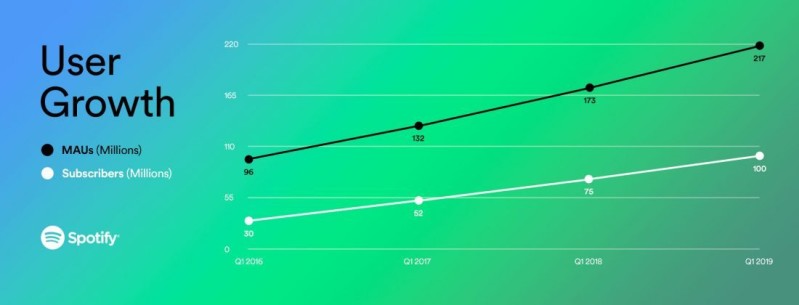
The company is currently worth about $25 billion and is increasing its user base by the thousands daily.
Why it's good
Spotify did what, in the early 00s, seemed the unthinkable: to make it easy (and affordable) for people to listen to music legally.
When services like Napster ran out of business due to piracy laws, Spotify saw an opportunity to meet people's demand for music while keeping it legal.
In thinking laterally about music licensing, Spotify built a product that literally turned the music industry on its head. It dared to re-imagine how we could and should consume music, and in doing so, has built a library of over 20 million licensed tracks.
Another standout feature of Spotify is how it has built data into the product to positively enrich the user experience. It does this by creating entirely personal and tailored experiences for its users, serving them algorithmically curated playlists that solve the headache of figuring out what to listen to.
In doing so, Spotify has created a product in which every music lover can have their unique needs met.
What product managers can learn from Spotify
Break the status quo
Before Spotify, most people either had to buy music from different sources. Or steal them.
Spotify provided a platform that actually provided a better alternative to free music (imagine!) by building a product that satisfied both music lovers and music labels.
So whatever industry your product fits into, find your own areas that are ripe for disruption, and then think creatively about how to shake up the status quo. Don't be afraid to be a trailblazer.
Find ways to enrich experiences with data
If you have users, you have data. And if you have data, you have opportunities for personalization.
Exploit this potential by considering building data into your product from the get-go, even if it feels premature. This approach will future-proof your product strategy.
Scale at the right time
Spotify exists in a winner takes all industry - it can only succeed if you can aggregate all music.
Spotify successfully achieved this by strategically understanding their audience wouldn't tolerate anything less than a unified music ecosystem. The team then used this strategic insight and insisted on excellence in both product design, but also the licensing strategy.
Sometimes it's good to launch with a half-ready product, but make sure to not compromise on your MVP.
And when your MVP is something big (like excellent product design and comprehensive music licensing, as was the case with Spotify), then only launch when you can actually offer this.
Slack
Slack became the fastest growing startup in history by doing one simple thing: making work more fun.
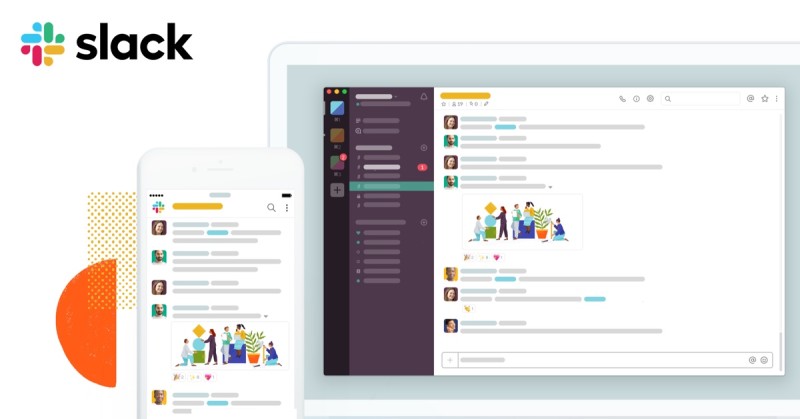
Despite only launching in 2013, it already has over 10 million daily active users.
How?
By building a truly useful tool that people really love to use and making one they don't - email - redundant.
In just a few short years, Slack has achieved stratospheric success by thinking outside the box about the function of internal communication.
Why it's good
Slack managed to become the first messenger tool to truly kill email by shifting the focus from communication to workflows.
In doing so, they managed to build a product that centralized many tools into one transparent communication ecosystem.
Rather than having to switch between file sharing, email, and other daily tools - Slack designed a product that wove all of these threads together. The team thought about optimal user journeys and how to facilitate them by having an integration-first mindset.
The importance of this cannot be understated when thinking about product experience design. No matter how great your product is, you cannot and will not convince people to ditch everything else in favor of your tool - their other tools will simply be too embedded in their existing workflows to make this shift.
If, however, you empower users to integrate their existing tools and workflows into your system… well, you're onto a winner.
What product managers can learn from Slack
Think in workflows
Slack attacked the 'death-by-email' problem with a unique approach that brought all communication media to a single platform, which supercharged their users' existing workflows.
They didn't try to replace other tools but enhance them. This approach has been critical to Slack's success and is something that all product managers should learn from.
Be conscious of the shift to the super-app
Consumers are, quite simply, bombarded with tools. The simplest of tasks often require people to log into several different places, switch screens dozens of times, and keep track of what they've done when, where, and how.
It's a broken system, and with thousands of new tools hitting the market daily, it's a problem that's only set to grow.
That's why now we are seeing the rise of so-called 'super apps,' which are effectively tool aggregators. You can now, for example, access single apps that aggregate all travel solutions (Uber, Lyft, Lime, etc.) in your area so that you can fulfill all your transport needs within one place on your device.
When building your product, think about how to align with this shift in expectations, as Slack has done with its integration-first strategy.
Ask yourself: how can you fit your tool into existing ecosystems so that your users don't need to exit another tool just to use yours? This will pay huge dividends in minimizing the blockers that could prevent you from retaining customers.
Build retention into the product
Where Slack really excels is in how it has masterfully managed to exploit the 'Hooked Model' to retain users.
With every message sent in Slack and with every new user-added, it becomes harder to disentangle yourself from the platform. The more messages sent, the more invested users become.
That's why the number of messages sent is such a vital metric for Slack because they know that user commitment correlates directly to it.
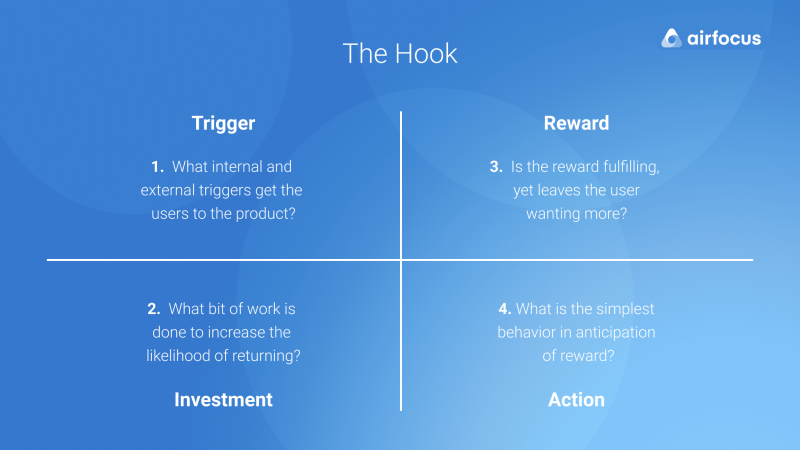
When building your product, don't consider retention as an after-thought. Your retention strategy should be front-and-center as you acquire first customers and, where possible, built into the product with clever behavioral hacks.
Conclusion
When great products wow us, there are usually clearly defined reasons behind this success.
Mostly, these products have solved big problems.
But more than that, they've mastered the art of building solutions that join the dots between other tools and services….all while daring to be visionary.
We hope that this journey through 4 of our favorite tools has given you lots of food for thought for your own product.
Good luck, and enjoy the ride!

Malte Scholz
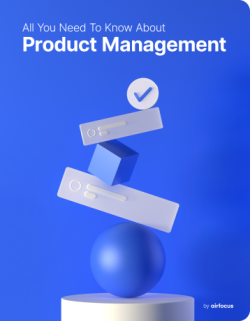
Read also



Experience the new way of doing product management

Experience the new way of doing product management




